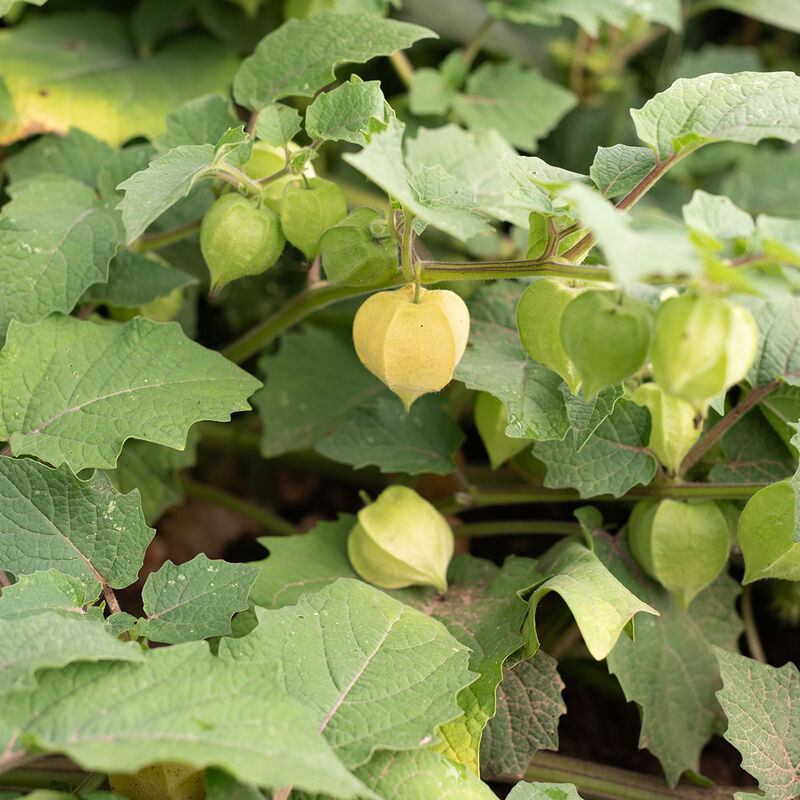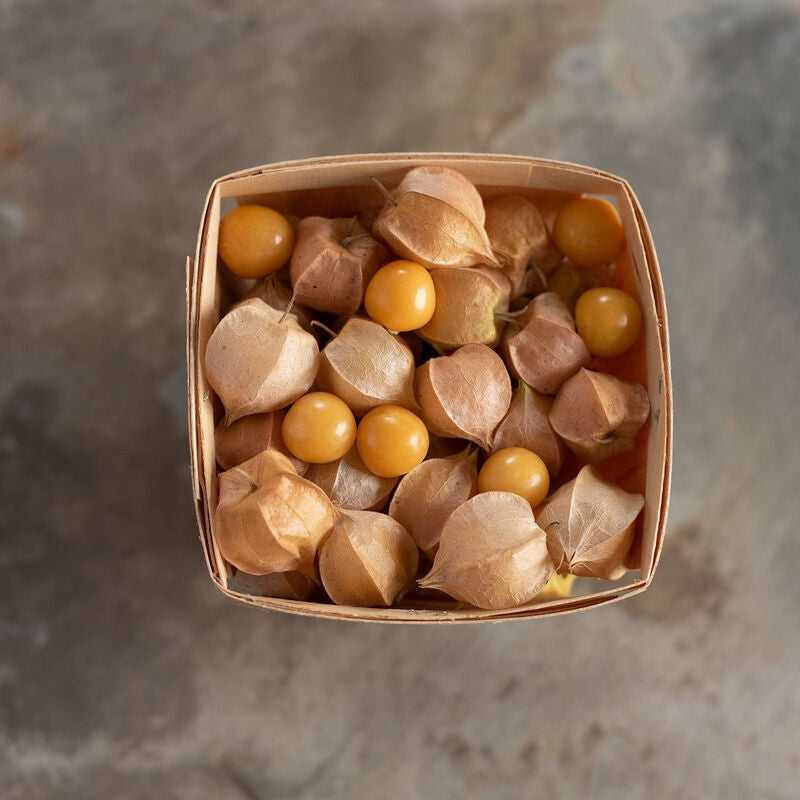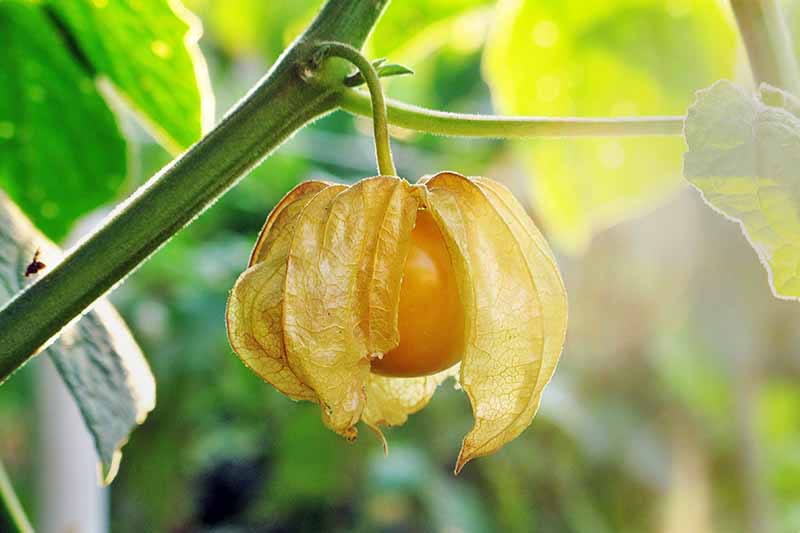Olive Seed Company
Fruit 'Aunt Mollys Ground Cherry'
Fruit 'Aunt Mollys Ground Cherry'
Couldn't load pickup availability
Physalis pruinosa — Aunt Molly’s Ground Cherry
Sow Aunt Molly's ground cherry seeds in the spring for a big harvest of sweet ground cherries by late summer. The plants and fruits resemble tomatillos, with each fruit growing inside a papery husk called a calyx. But fruits mature to a golden orange colour, and drop to the ground when ripe. This old-fashioned tomato family member bears 1/2– 3/4" sweet golden berries inside papery husks, resembling small, straw-colored Japanese lanterns. The flavour is quite sweet and a bit wild. Plants are profusely branching, prolific, and drop ripe fruits. Fruits can be eaten raw, dried like raisins, frozen, canned, or made into preserves, cooked pies, and desserts
DETAILS:
QTY: 50
SITE: Full Sun
TYPE: Annual
DEPTH: 1/4 - 1/2"
GERMINATION: 7-14 days at 20 - 22°C
MATURITY: 65 - 75 days
SPACING: 18 -24”
PINCH: No
HOW TO GROW:
Planting:
-
When to Plant: Ground cherries have a long growing season and are slow to start, so it is highly recommended to start seeds indoors 6-8 weeks before the last frost date. They are very sensitive to cold, so only transplant them outdoors after all danger of frost has passed and night temperatures are consistently above 10°C.
-
Where to Plant: Choose a location with full sun. In hot climates, providing afternoon shade can help prevent stress. Ground cherries have a sprawling growth habit, so give them plenty of space—at least 2-3 feet apart. They also do well in large containers.
-
Sowing Seeds: Sow seeds shallowly, about 1/4 inch deep. Ground cherries are similar to tomatoes and require consistent warmth for germination (21-32°C or 70-90°F), which can take 1-3 weeks. A heat mat can significantly improve germination rates.
Soil & Fertilizing:
-
Soil Preference: Ground cherries prefer rich, loamy, well-drained soil with a slightly acidic to neutral pH (6.0-6.8). They are susceptible to root rot, so good drainage is essential.
-
Fertilizing: Ground cherries can be heavy feeders. Amend the soil with compost or other organic matter before planting. You can apply a balanced, all-purpose fertilizer every 3-4 weeks until the plants begin fruiting. Once fruiting, switch to a fertilizer lower in nitrogen to encourage fruit production over leafy growth.
Watering & Pests:
-
Watering: Keep the soil consistently moist, especially during the early stages of growth and flowering. Consistent watering is crucial to prevent stress and ensure a good harvest. Once established, they are somewhat drought-tolerant.
-
Pests & Diseases: Ground cherries are in the same family as tomatoes and are susceptible to similar pests like aphids, flea beetles, and tomato hornworms. Proper spacing and good air circulation can help prevent fungal diseases like powdery mildew.
Harvesting:
-
Timing: The fruit is ready for harvest when the papery husk turns from green to a light tan or straw color and the ripe fruit naturally drops to the ground.
-
Collection: The plants get their name from this unique harvesting method. The ripe fruits are easily found on the ground beneath the plant. A layer of mulch can help keep the fallen fruit clean.
- Ripening & Storage: The flavor of the fruit improves after it drops. You can collect the husked fruits and allow them to ripen further indoors for a few days. They can be stored in their husks in a cool, dry place for several weeks.
Shipping & Returns
Shipping & Returns
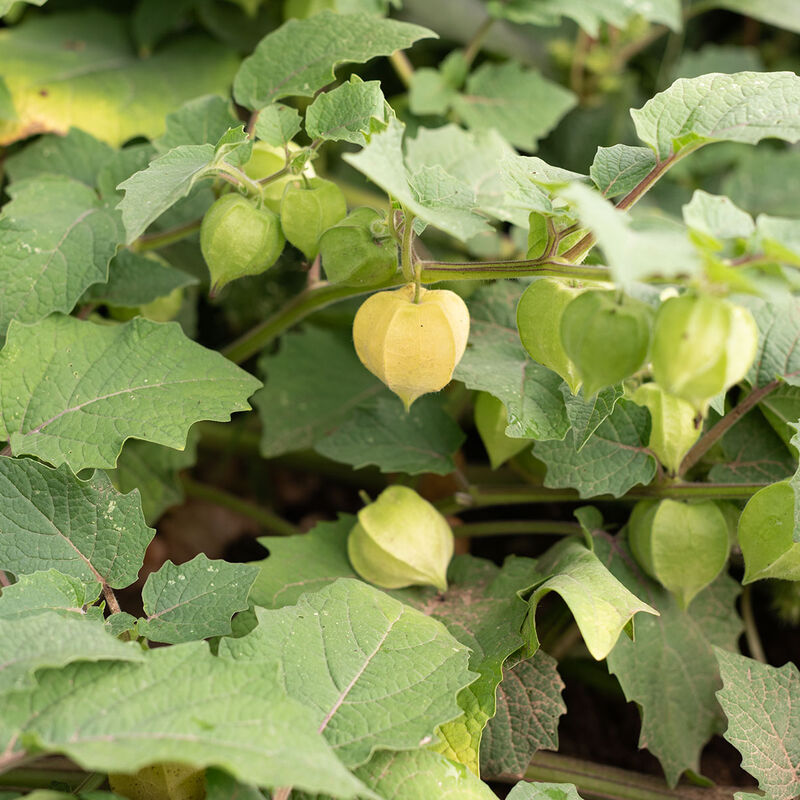
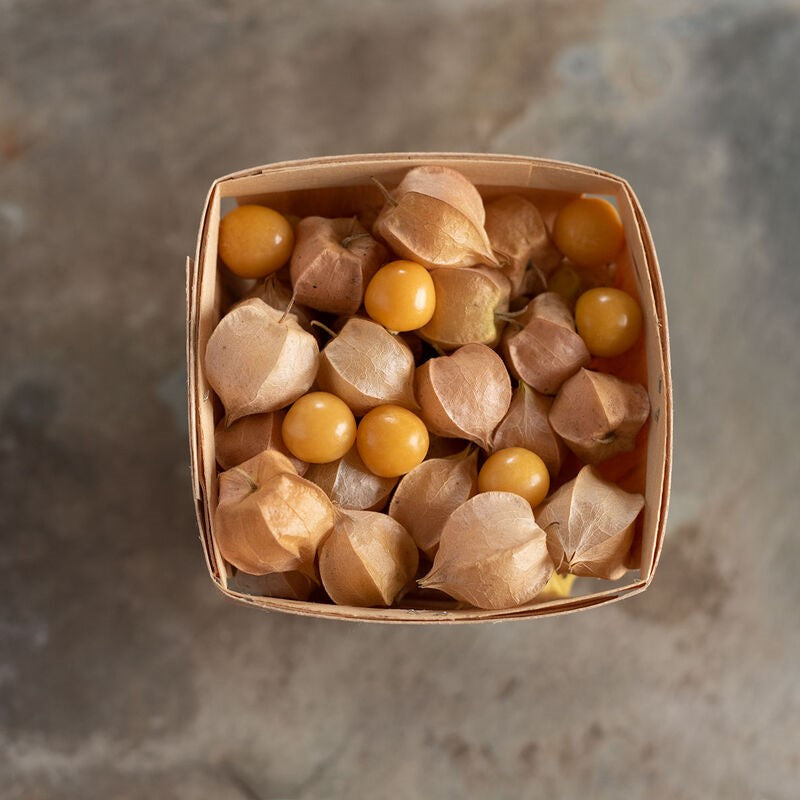
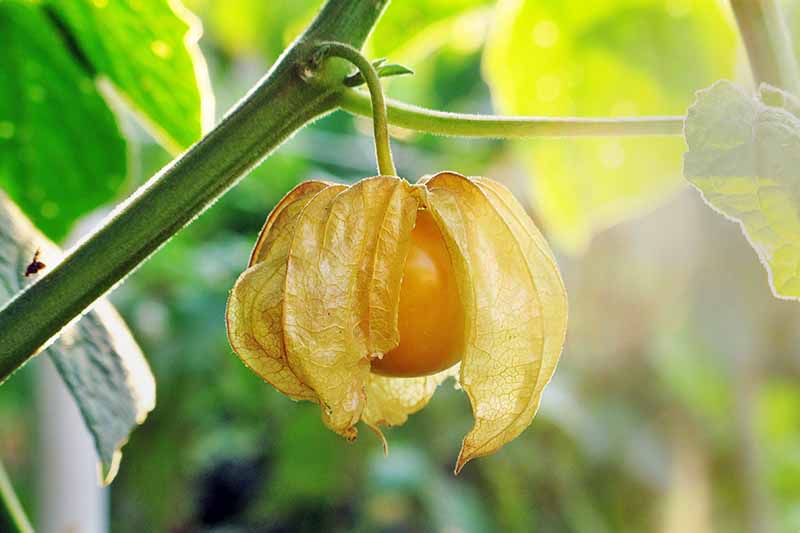
-
Free Shipping
Free Shipping on all orders in Canada over $125.00

